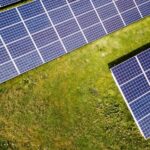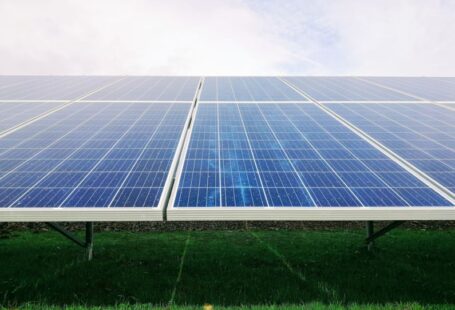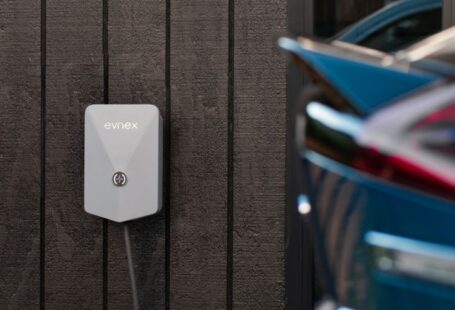Indonesia, known for its tropical climate and abundant rainfall, poses challenges for solar panel performance during the rainy season. As solar energy continues to gain popularity as a sustainable alternative to traditional power sources, many wonder whether solar panels can function effectively in Indonesia’s rainy weather conditions. Let’s delve into the intricacies of solar panel functionality during the rainy season in Indonesia.
Solar Panels: The Basics
Solar panels are designed to convert sunlight into electricity through the photovoltaic effect. This process involves the absorption of sunlight by the panels’ cells, which then generate direct current (DC) electricity. This renewable energy source has gained traction worldwide due to its environmentally friendly nature and cost-effectiveness in the long run.
Impact of Rainy Season on Solar Panels
The rainy season in Indonesia typically lasts from October to March, bringing heavy rainfall and overcast skies. These conditions can potentially hinder solar panel performance, as reduced sunlight exposure directly affects the amount of electricity generated. Cloud cover and rain can decrease the efficiency of solar panels, as they rely on sunlight to produce electricity.
Cloud Cover and Solar Panel Efficiency
During the rainy season, cloud cover can significantly impact the efficiency of solar panels. Clouds block sunlight from reaching the panels, reducing the amount of energy that can be converted into electricity. As a result, solar panels may produce less power or even stop generating electricity altogether on particularly cloudy days.
Effect of Rain on Solar Panels
Rain itself does not necessarily pose a direct threat to solar panels, as they are designed to withstand various weather conditions. However, heavy rainfall can lead to dirt and debris accumulating on the panels, which can obstruct sunlight and decrease efficiency. Regular maintenance, such as cleaning the panels to remove dirt and debris, is essential to ensure optimal performance, especially during the rainy season.
Tackling Solar Panel Performance Issues in the Rainy Season
Despite the challenges posed by the rainy season, there are ways to mitigate the impact on solar panel performance in Indonesia. One effective solution is the use of tilt mounting systems, which allow for adjusting the angle of the panels to maximize sunlight exposure. By optimizing the tilt angle based on the sun’s position, solar panels can capture more sunlight even during overcast days.
Additionally, investing in high-quality solar panels with superior efficiency ratings can help offset the effects of reduced sunlight during the rainy season. Advanced technologies, such as monocrystalline solar panels, offer higher efficiency levels compared to traditional polycrystalline panels, ensuring better performance in low-light conditions.
Conclusion: Enhancing Solar Panel Performance in Indonesia’s Rainy Season
In conclusion, while the rainy season in Indonesia may present challenges for solar panel performance, proactive measures can be taken to optimize energy generation. By considering factors such as cloud cover, rain impact, and panel maintenance, solar panel owners can enhance efficiency and maximize electricity production even during periods of inclement weather. With the right strategies in place, solar panels can continue to function effectively in Indonesia’s rainy season, contributing to sustainable energy solutions for the future.





